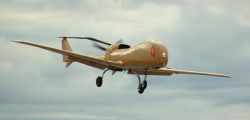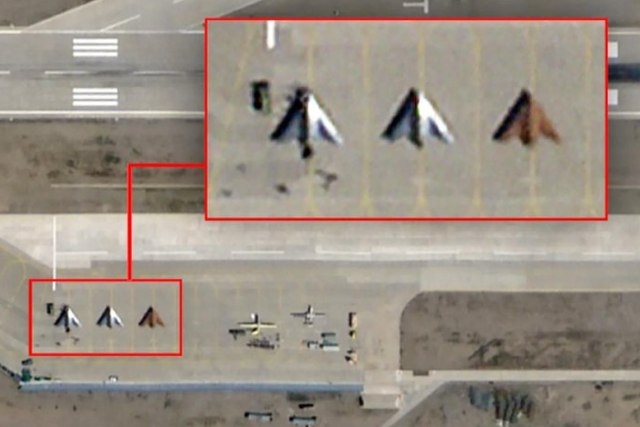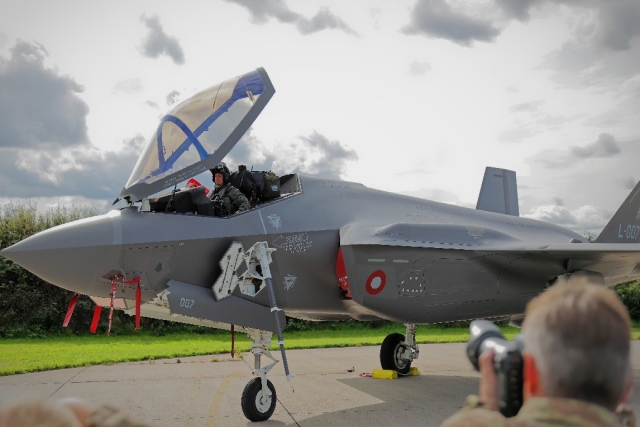Airbus Defense Showcases Newly Developed Passive Radar
Airbus Defence and Space’s newly developed passive radar has proven the functionality of its underlying technology in several field tests under real conditions.
In contrast to conventional systems, passive radars don’t emit any radiation, but instead analyse the reflections of signals from other sources, such as radio and television stations, to detect objects. They thus allow small or difficult-to-detect flying objects to be located with little effort even in zones which previously could not be seen or covered using active radar, while the system itself is practically undetectable.
With its passive radar, Airbus Defence and Space is focussing on the requirements of civil and military air traffic control, which until now could not, or not sufficiently, be met using radar with active transmission.
The passive radar from Airbus Defence and Space demonstrated its ability to detect low-flying objects in mission scenarios similar to those of various European armed forces, amongst other locations, in mountainous terrain with areas of major radar shadow. At the same time, the system registered the latest airspace situation in a very short time, at ranges of up to 200 kilometres. A real-time networked system, involving two devices at different locations, also demonstrated that it can even be used in areas with a particularly restricted transmitter infrastructure.
In contrast to conventional active systems, passive radar systems don’t emit any signals. They use existing third-party transmitters to illuminate the objects. Working as mere receivers, passive radar systems detect objects by analysing the signals reflected by the objects in response to third-party emissions. Airbus Defence and Space’s passive radar excels with an extremely precise picture of the airspace covered, which is obtained by analysing many frequency bands. It allows FM (analogue radio), DAB and DAB+ (digital radio) as well as DVB-T and the future DVB-T2 signals (digital, terrestrial television) to be exploited for the first time.
In civil application, passive radar systems make cost-effective air traffic control possible without any additional emissions and without using transmission frequencies, which are in short supply. In military applications, the system enables large-area surveillance using networked receivers, while offering the decisive operational advantage that passive radar systems cannot be located by the enemy. Moreover, no agreement is required with any other public authority, as there is no radiation. A further advantage of the new technology is its increased detection capacity in areas of radar shadow, such as mountainous terrain, due to the use of several cost-effective systems.
Two demonstrator systems have already been delivered to the German procurement authority BAAINBw (Federal Office of Bundeswehr Equipment, Information Technology and In-Service Support).










